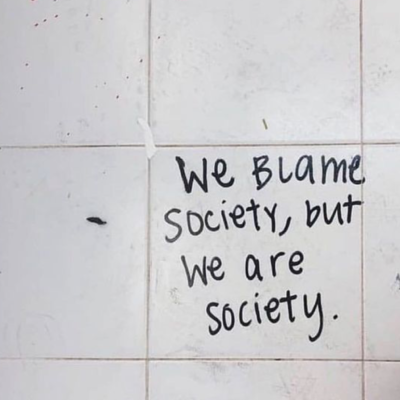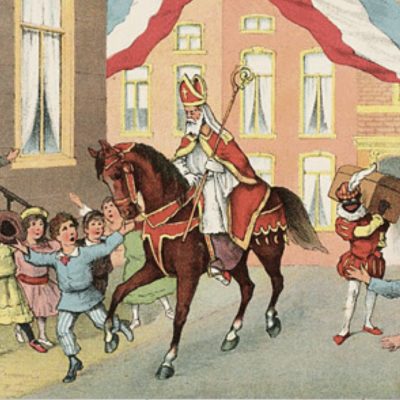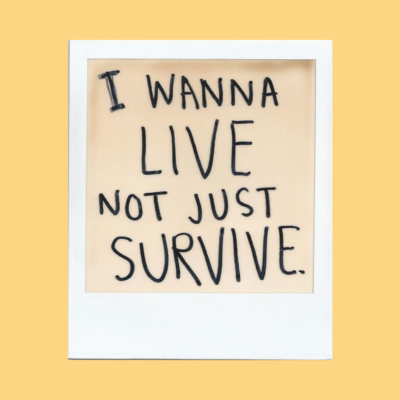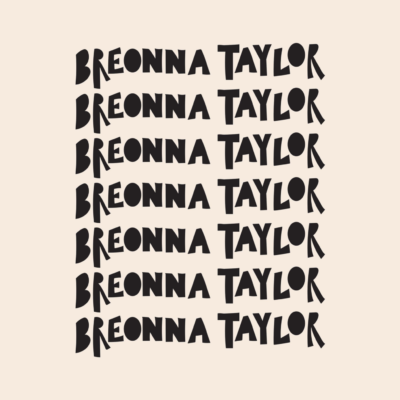
I’ve almost lost track of the hurricanes, the fires, the earthquakes. I was still scrolling through donation sites for victims of Harvey when Irma barreled through the Keys, and I was still reading about Mexico City when Maria slammed into Puerto Rico. I cried watching the mayor of San Juan’s urgent plea—“We are dying here.”—and I felt the familiar pull to do something that I feel when the earth is breaking and people are suffering.
This impulse doesn’t always have a place to land. The sadness and frustration can be overwhelming, the information on how to help conflicting, and the urge to throw my hands up and declare my futility—the shadow side of caring so damn much—very seductive. The earth is ruined anyway, right?
Of course not. I shop local. I put my compost in a homemade worm bin. I cast withering glances upon anyone who offers me a plastic bag. And yet I am sometimes lulled by an internal whisper: None of this is making a difference.
I ignore it and keep composting. But neither the desire to do everything nor the belief that there’s nothing to do are very helpful. On either path—extreme empathy or total apathy—not much gets done.
How, then, to help the earth?
I’m starting by getting to know her.
In her book Braiding Sweetgrass, Robin Wall Kimmerer writes:
For all of us, becoming indigenous to a place means living as if your children’s future mattered, to take care of the land as if our lives, both material and spiritual, depended on it.
To become indigenous to a place. It’s not just a matter of birth. It’s a matter of choice.
This was revelatory for me. I am indigenous to a city, to homes with just enough yard to let the dog out into. As an impressionable kid I planted a black watermelon seed in a dry patch of earth and crossed my fingers for a watermelon tree. When it didn’t show up I shrugged my shoulders and, eventually, lost interest in the dirt.
To know the earth I had to choose her as my place and cultivate an interest in dirt again. I’ve adopted a Mary Oliver view of the world in which I remind myself to be “dazzled at least ten times a day” by everything in it.
This isn’t to say I haven’t always loved a sunset; it’s not like manatees left me cold or the sex organs of flowers were snoozy. I just didn’t feel like they were mine to know. Getting to know the earth has taken nothing short of a shift in consciousness, a reframe of the way I think about the planet, our galaxy, the wild unknown and my role in it all.
I treat the earth like she is a living, breathing, feeling being. A member of my inner circle, someone to whom I can speak frankly, give thanks, or unburden myself. Instead of thinking of the earth and all the myriad things on and in it as being separate or different from me, I think of them as kin.
We are stardust, after all, and vice versa. Our brains mirror the universe’s known galaxies, and there are as many neural connections in a single cubic centimeter of brain tissue as there are stars in the Milky Way. And, in the coolest interconnected parlor trick of all, women’s menstrual cycles mirror the moon’s.
To honor the earth means to honor the way it moves in us.
For me, as a woman, this has meant becoming curious about the moon and about my own moon cycles—to approach my periods as nothing short of miraculous. No, really! If you hate your period and are like girl, please, just hear me out. Our moon cycles are intrinsic and vital and really flippin’ cool: mini cosmic moments, month after month, that remind us of our power to create. A project, a relationship, a change, more kindness, whatever.
(And, side note, if your period really sucks it’s most likely trying to tell you something.)
The apathy comes from feeling like we don’t belong: We are either too small for this world to have any impact on it or too removed from it to care. But of course we belong: We are reflected in its very design.
The other side of apathy is empathy, which, as the empaths among us know, can be really exhausting. If you are connected to the connectivity, then you will most likely feel the hurt of the earth in your own being. We are both made mostly of water; how could we not experience some ache or a death when a lake dries up, a river loses its fish, or oil drains into the ocean?
If this sounds, as they say, far too “woo” to you, I get it. But I’ve come to believe that we are connected, deeply, in the way Kimmerer observes the pecan trees her grandfather fed himself from to be:
If one tree fruits, they all fruit—there are no soloists. Not one tree in a grove, but the whole grove; not one grove in the forest, but every grove; all across the county and all across the state. The trees act not as individuals, but somehow as a collective…. All flourishing is mutual.
And all suffering, too.
If your relationship with your own mother or to mothering is strained or tender, consider your relationship with Mother Earth. If you are dried up, uninspired, or running on empty, look at how you use water. Do you treat it with respect and use it as a medicine (we would, after all, be dead without it)? Or is water just something you use to wash the dishes?
What if—just try it—you whispered thank you into a glass of water before drinking it?
The Q’ero people of Peru offer candy and wine to Pachamama in their despacho ceremonies. She likes sweet things, and she’ll take our hucha, too, the heavy energy that weighs us down. In Masters of the Living Energy: The Mystical World of the Q’ero of Peru, Joan Parisi Wilcox shares the teaching of Juan Núñez del Prado, an Andean mystic and anthropologist: ‘When we give hucha to Pachamama we are giving her food. When we are working with heavy energy, we are working with real, living energy and this real, living energy empowers Mother Earth.’
That energy—the dark stuff we don’t need—is like compost to her. It’s comforting to me to know that there’s a repository for all my negativity and doubt, and that the earth is turning it into something good. You know the bumper sticker: No Mud, No Lotus.
In getting to know the earth my hope is that I will be able to serve her better. Nothing is less energizing than a service done out of obligation—conserving, recycling, or reducing because we’ve been told we should. The type of service the sticks, that transforms both the giver and the receiver, is done out of love for self and other. Do I love the way my worm bin smells? No. But I don’t see it as an inconvenience or chore; I see it as a conversation, a way to check in with the life-death-life cycle, a gift both given and received.
In loving the earth I’ve found my own kind of spiritual practice, a mix of animism, plant-whispering, and other traditions of my own creation, with readings from the Books of Mary Oliver. Here’s one that takes the notion of prayer and places it where it should be, right outside.
Praying
It doesn’t have to be
the blue iris, it could be
weeds in a vacant lot, or a few
small stones; just
pay attention, then patch
a few words together and don’t try
to make them elaborate, this isn’t
a contest but the doorway
into thanks, and a silence in which
another voice may speak.






You’re so interesting! I don’t think I have read anything like this before. So wonderful to discover somebody with some unique thoughts on this subject matter. Seriously.. thank you for starting this up. This website is one thing that is needed on the internet, someone with a bit of originality! gbfeeaaaeedgkfcc